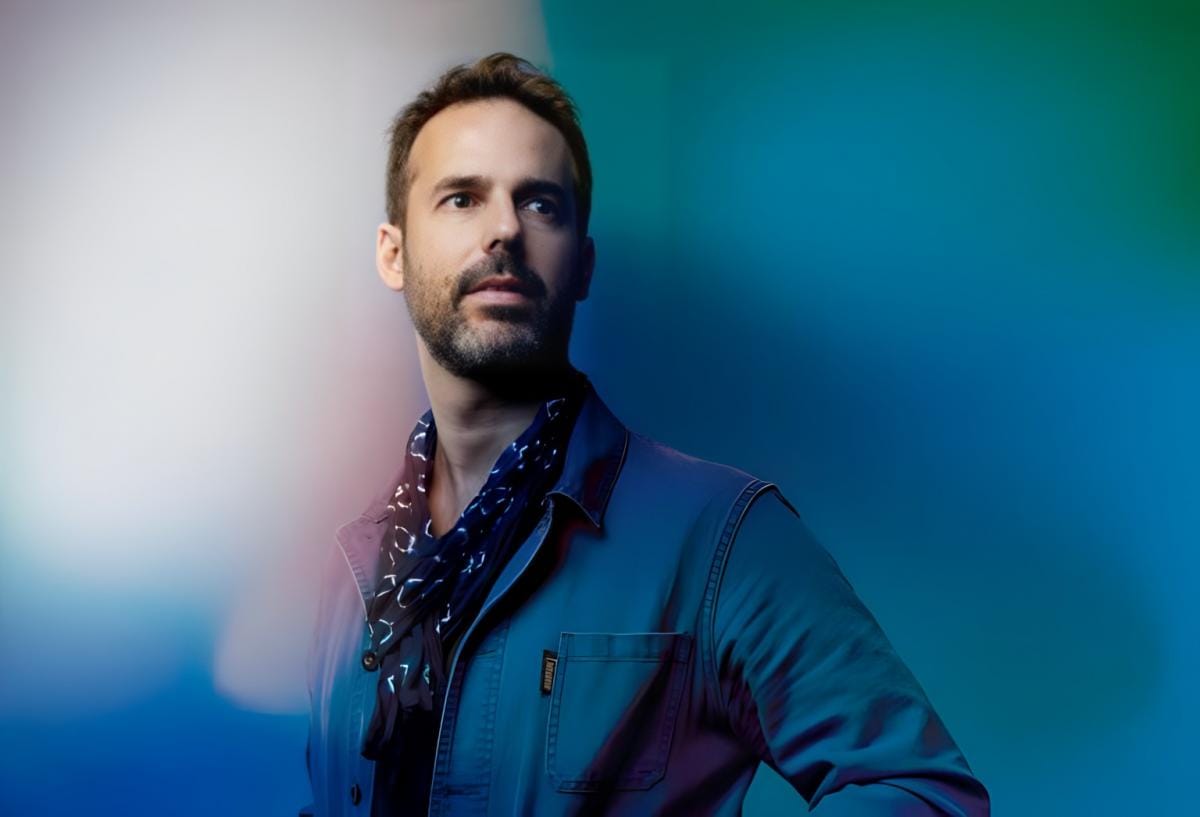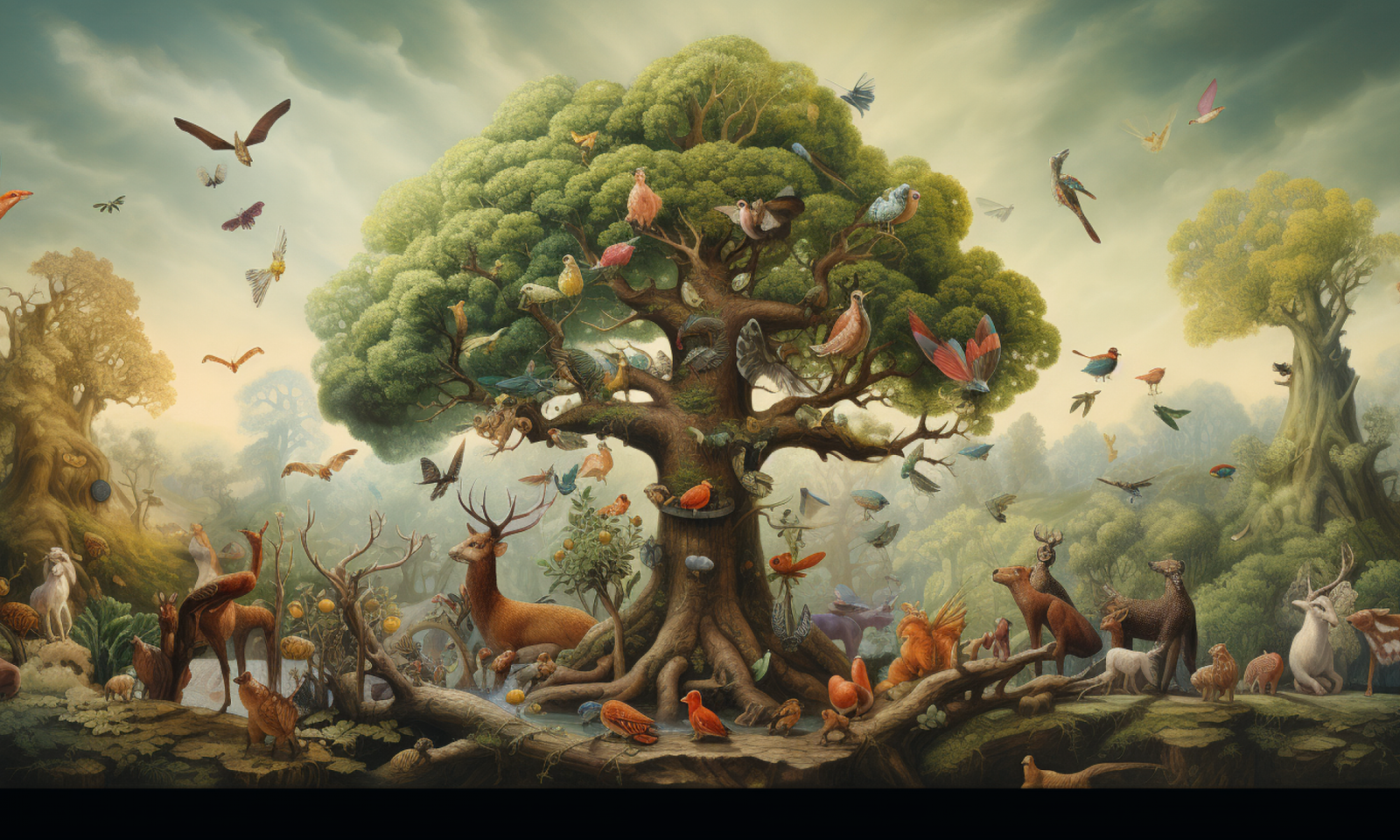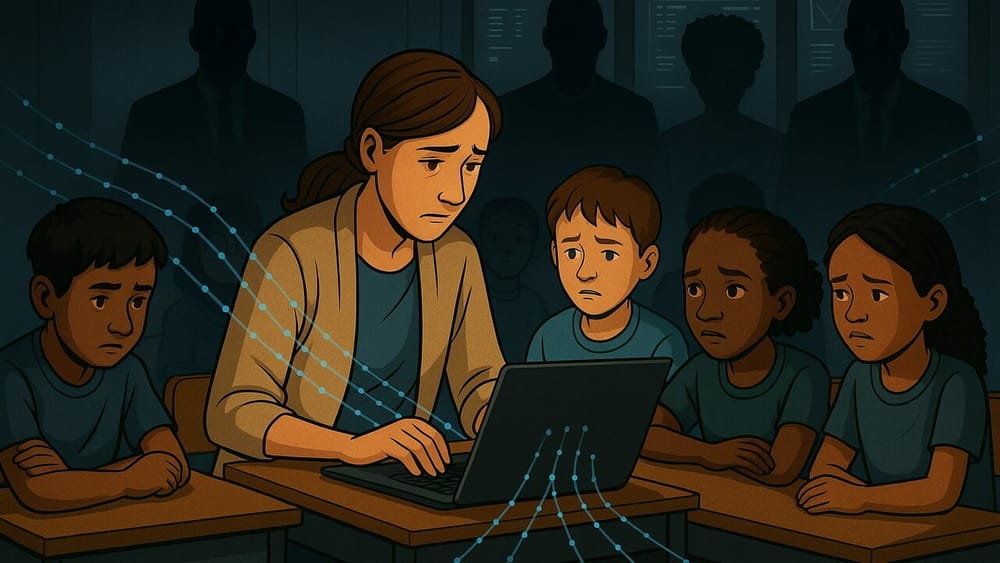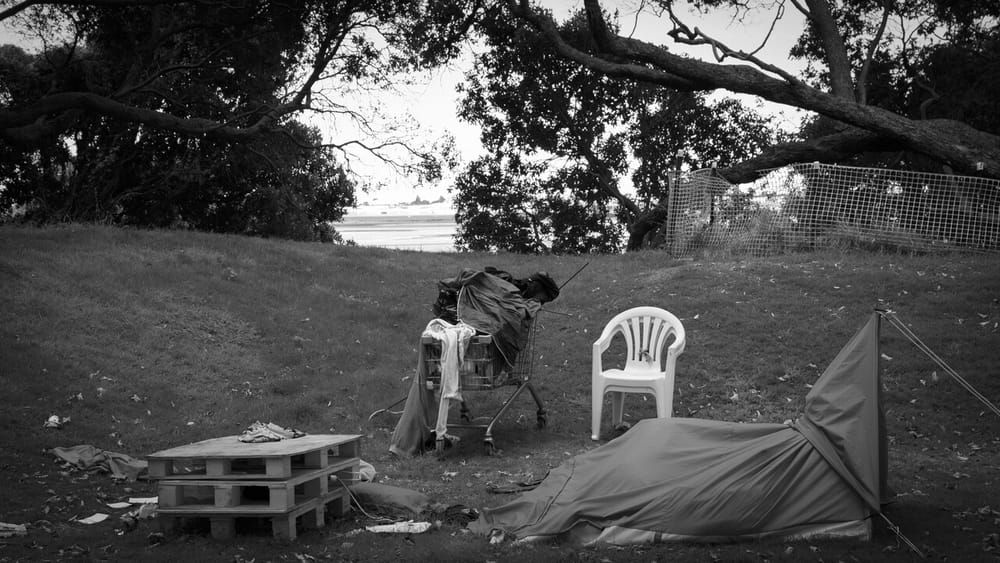In an era defined by the global climate crisis, the concept of Rights of Nature has emerged as a revolutionary legal instrument. It boldly confronts the Western view of Earth as a resource to be exploited, asserting instead that the planet deserves to be recognised as a living, interconnected system with the right to exist, thrive and regenerate on its own terms. Even more, the Rights of Nature paradigm speaks to the place of humans within that living system.
The history of Rights of Nature is the story of passionate individuals who have dedicated their lives to championing the cause. Three leading advocates for the Rights of Nature spoke with The Lovepost to explain how and why rights have become the chosen tool for many organisations desperate to reconfigure the relationship between humans and the environment.
This endeavour is no longer confined within the bounds of Earth. As space exploration expands, the concept of Rights of Nature takes on new significance. It invites contemplation of humanity’s role in the broader cosmos, and it poses questions about human responsibilities to celestial bodies and the ecosystems they may hold.
The Rights of Nature movement is not merely an environmental issue. It is also a philosophical and ethical revolution that symbolises the interdependence of humanity and Nature. For many, embracing these rights is not just a matter of law. It is a matter of survival, sustainability, and ultimately the future of this planet.
Should trees have legal standing?
Rights of Nature (RoN) emerged in Western law in the counterculture epicentre of 1970s San Francisco, known for its rock ballads, hippies and radicals. In this era of upheaval, the Sierra Club, a prominent environmental organisation, found itself embroiled in a legal battle with The Walt Disney Company. The issue at hand was the proposed construction of a 35 million USD ski resort in the Sequoia National Forest, which the Sierra Club ardently opposed.
Christopher Stone, a legal scholar and environmental advocate, caught wind of the case and published a seminal article in the Southern California Law Review in 1972. Should Trees Have Standing? — Toward Legal Rights for Natural Objects proposed a world in which Nature had rights. While he strongly believed that rights could propel the environmental movement to new realms, it took decades for the idea to transition into concrete action.
The pivotal moment came in 2006 when the Community Environmental Legal Defense Fund joined forces with Pennsylvania's Tamaqua Borough to actively prevent waste corporations from disposing of hazardous sewage sludge within their community.
Two years later, the South American state of Ecuador embarked on a constitutional reform that has since been hailed as a watershed moment in the movement. Within the revised constitution, Ecuador transformed Nature from a passive object to Pacha Mama: Earth Mother and possessor of rights, empowering the people of Ecuador to advocate on her behalf. Today, an international monitoring initiative called the Eco-Jurisprudence Monitor records over 430 distinct RoN initiatives spanning 42 legal jurisdictions.
Revising the relation of humans to Nature
At the heart of the RoN movement are dedicated civil society organisations, one notable example being the Center for Democratic and Environmental Rights (CDER). CDER passionately advocates for and assists with the implementation of RoN initiatives around the world. Its very name underscores the profound interdependence between democratic and environmental rights. Interdependence assumes that the human right to a healthy environment is most likely to be fulfilled by respecting and advancing the intrinsic rights of the environment itself.
Mari Margil was drawn to this cause in the late 1990s after witnessing the limitations of regulatory systems in safeguarding community environmental rights. She has been involved in countless RoN initiatives in the years since, including consulting on Ecuador’s constitutional reform. Margil, executive director of CDER and former associate director for the Community Environmental Legal Defense Fund, has come to see the RoN movement as a response to mounting frustrations with contemporary environmental governance:
"Under conventional environmental laws today—where Nature is not recognised as having legal rights—governments authorise corporations to conduct activities that destroy ecosystems and species, and cause significant harm to the natural world."
This realisation, Margil emphasises, has led to a growing belief that treating the natural world solely as an object for human use is unsustainable:
"There is a growing understanding across nations, peoples, cultures and legal systems that human impact on the natural world has caused great harm and destruction. Humans have brought about the sixth great extinction event on Earth and have, perhaps fundamentally, altered the climate system in ways that are causing planetary-scale crises."

Margil and others behind the implementation of RoN initiatives believe that the movement can change this course. They claim it will promote responsible resource stewardship, empower community action and aid in the recovery of damaged environments—an increasingly critical concern. As Margil succinctly puts it, “Rights of Nature is about putting Nature [at the centre]—so, not simply one voice among many but a central voice and entity whose interests are primary for protection.”
An equally significant aspect of RoN is its use to address social inequities and promote restorative justice. A notable example of this is found in Victoria, Australia where the Yarra River attained the status of a living entity through the enactment of the Yarra River Protection (Wilip-gin Birrarung murron) Act 2017. The move is a way of honouring the connection between the traditional owners and the river, while enhancing the river’s ecological wellbeing. This recognition takes tangible forms. For instance, in the early stages of a major capital works project, the City of Melbourne held a seat at the table in the name of the Yarra River—a reminder of its importance when it comes to making decisions.
Across the Tasman Sea, Aotearoa New Zealand also has a river with a legal personality, as well as a national park and a mountain. In each case, the natural entity is represented by a board dedicated to its wellbeing. While Aotearoa’s recognition of these natural entities coincided with the broader RoN movement, the award of rights in these cases is not directly linked with RoN. Instead, it emerged from a longstanding treaty settlement process, functioning as a legal approximation of the ancestral connection between Māori—the country’s Indigenous population—and the natural entities. In this capacity, Nature’s rights work as a tool through which to mediate the nation’s complex sociopolitical history.
Instances such as these have forged a strong connection between the push for Nature's rights and the Indigenous Rights Movement. This connection is bolstered by the pivotal role played by Indigenous activists in the global adoption of various RoN initiatives, as well as a perceived alignment between the philosophical underpinnings of RoN and the worldviews held by certain Indigenous communities. However, it is important to note that some have questioned RoN’s compatibility with Indigenous rights, fearing colonial influence. Read an Indigenous-led discussion on this dilemma here.

The RoN movement through a critical lens
Ecuadorian Natalia Greene works as the office director and co-founder of the Global Alliance for the Right of Nature (GARN), an international network dedicated to advocating for the legal recognition of Nature’s rights, including ecosystems and species. An environmentalist at heart, she was an instrumental figure in Ecuador's constitutional reform. She is well placed to caution that, despite the growing embrace of RoN initiatives, the movement still faces significant opposition.
Greene underscores that a central challenge to the RoN movement is posed by extractive industries and nations unwilling to adapt when confronted with an inherent conflict between Nature’s rights and their existing development models. As an example, she points to a recent case in Chile. A powerful Chilean elite, backed by mining and agriculture industries, managed to overturn a constitutional proposal that would have endorsed the recognition of rights for Nature. These setbacks, along with the challenge of evaluating RoN's ecological impacts at this early stage of its establishment, have raised concerns about the effectiveness of the RoN framework.
For the most part, these critiques can be attributed to the fact that the movement is still in its infancy. It would be premature to try to gauge RoN’s ecological impacts or assess the capacity of the frameworks as there has simply not been enough time for anything to take effect. As Nature’s rights are increasingly tested in courts, a clearer legal framework will emerge—much as the definitions of human rights evolved. For now, RoN advocates point to glimpses of hope, such as the intervention of Ecuador’s Constitutional Court to halt a mining operation in cloud forests in 2021.
A different criticism of RoN centres around the place of human rights in this emerging legal framework. Granting rights to Nature implies that humans must take on new obligations and limit actions which infringe upon more recently recognised rights. (See the Lovepost’s upcoming interview with chief human rights commissioner Paul Hunt for a deeper analysis of the need to reinforce duties alongside rights).
This aspect of the RoN movement can lead to friction, particularly among those who advocate for the primacy of individual liberty and personal property rights. However, Greene posits that Nature's rights will actually complement human rights. She contends that recognising RoN goes beyond simply acknowledging the human right to a healthy environment. RoN offers a more holistic approach to environmental management that will benefit both humans and Nature.
Bringing the environment into lunar discussions
Advocates for the rights of Nature are largely inspired by the potential to redesign and encourage sustainable relations between humans and Nature. This potential is precisely what caught the attention of Thomas Gooch, founder and director of the Office of Planetary Observations and a founding member of the Moon Village Association, a Vienna-based NGO committed to ethical and sustainable engagement with the Moon.
With a background in landscape architecture, Gooch has long advocated for the use of environmental data in nature-based decision making. “Changing law aligned with the Rights of Nature movement is a strong mechanism for changing culture and addressing disputes,” Gooch explains.
Gooch sees the rights framework as a tool through which to enhance existing environmental practices. It demands that we prioritise the welfare of ecosystems and species when making environmental decisions, for both their sakes and ours. From this perspective, granting rights to Nature is not a standalone solution: it is a valuable tool for driving environmental action. Gooch sees even more potential for innovation in that two-step process.
With space technology advancing every day and a growing demand for resources on Earth, people have begun to consider the feasibility of mining the Moon. Recognising the ever-increasing number of planned Moon missions, Gooch and the Moon Village Association decided in 2017 that it would be timely to bring the environment into the lunar discussion. A “common space community belief [is] that the Moon is a dead world toward which we have no moral obligation”. Mounting scientific evidence is beginning to contest that belief.

Through a series of public forums exploring humanity's relationship with the Moon, the idea of granting it legal personality came to the fore. This laid the foundation for the Declaration of the Rights of the Moon, authored by Gooch, Dr Michelle Maloney, Ceridwen Dovey, Flinders professor Alice Gorman and Mari Margil. The declaration offers a vivid portrayal of the Moon’s ties to Earth, its cultural and spiritual significance and its role in fostering life. It asserts the Moon’s sovereignty as a natural entity and affirms its autonomy under the body of law that governs human activities in space. Among the Moon’s declared rights are the entitlement to undisturbed cycles, ecological integrity, self-sufficiency and an independent, life-sustaining relationship with Earth’s ecosystems and creatures.
To Margil, with her extensive background in RoN advocacy, rights for the Moon offer a new legal system for an increasingly resource-hungry world. “We sit in a unique place right now, in that we do not have humans living [on] and colonising the Moon or other celestial bodies,” she explains. “We have a choice to make: do we continue doing what we’ve been doing here on Earth and export that off-Earth, knowing that our actions are so harmful? Or, do we decide to take a different path before it’s too late?”
Gooch agrees with the need and the potential of examining our actions right now:
"Wherever humans are, they alter the landscape they’re in. So for me the declaration really comes back to maintaining systems integrity. Locally, regionally and globally, how can we ensure [that the] entire [system of] lunar health is kept as a sustainable system, ongoing for multiple generations? [The declaration proposes an] approach which might be replicated to other planets also."
The Declaration of the Rights of the Moon carries a profound message. It extends an opportunity to avoid repeating past errors as the burgeoning space industry propels humanity into new and uncharted territory. If linked with ecological integrity, it could transform all off-Earth efforts for the better—something the world is already preparing for. It also offers humanity a chance to reflect on our home planet.
Returning to Earth
Right now, the world is at a critical juncture. The looming climate crisis—a direct consequence of human action—has reached a point where it can no longer be ignored. Rights of Nature offers a fresh perspective through its opportunity to centre Nature, prioritising sustainability over exploitation. It offers a route through the mess of decades of earthly environmental faux pas and provides a legal mechanism that could avert repetition further afield. As RoN gains traction, it presents an opportunity to integrate ecological considerations into policies and management approaches. It also provides a platform for technological advances and innovation by evolving current practices to work in harmony with the environment, not against it.
RoN should not be viewed as a perfect solution. No framework of rights is a solution in and of itself. Instead, its use captures a specific point in human history—a moment in which people around the world are harnessing the resources they have available to reconfigure Earth’s environmental trajectory.
This enormous endeavour demands systemic change, accountability and constant reevaluation. It also instils hope and sparks the imagination—which can be a very powerful tool in and of itself.
To find out more or get involved, read and register your support for the Declaration of the Rights of the Moon here.







